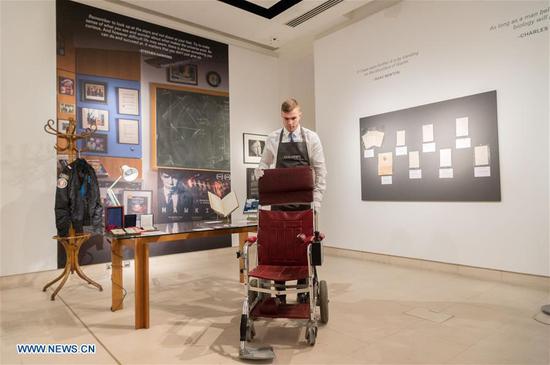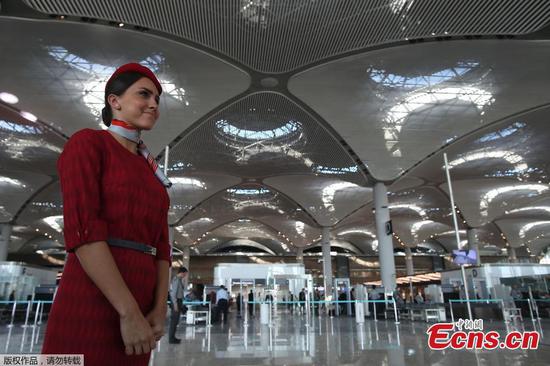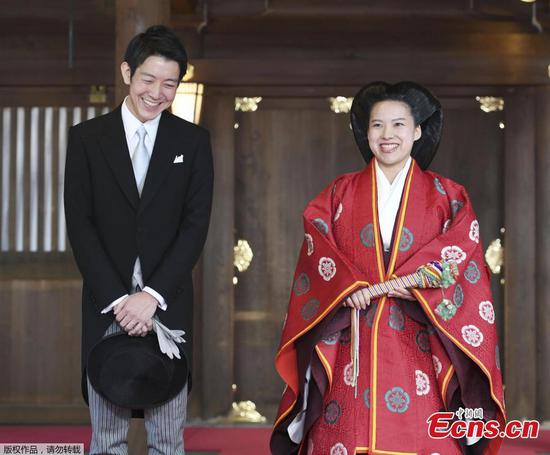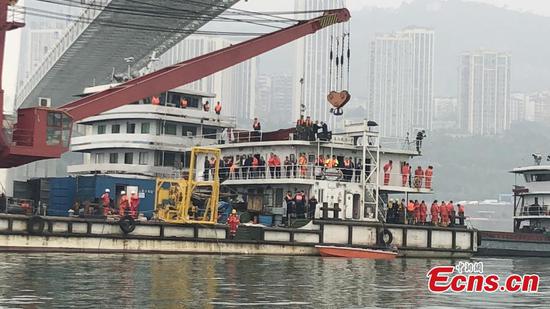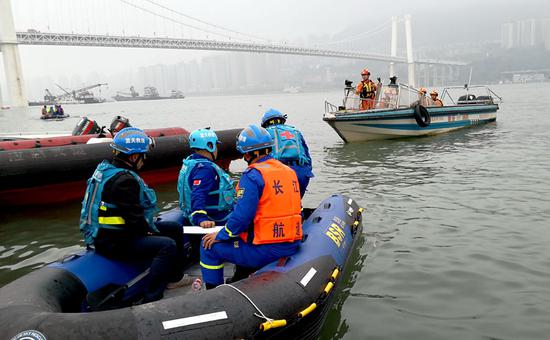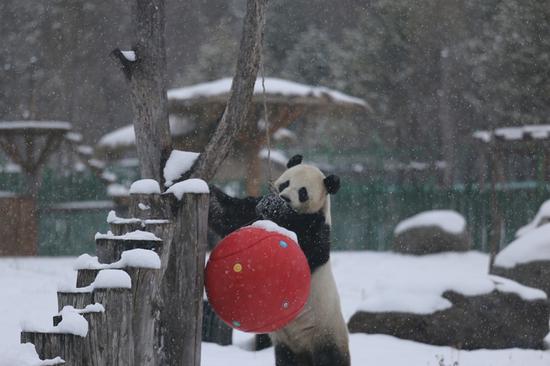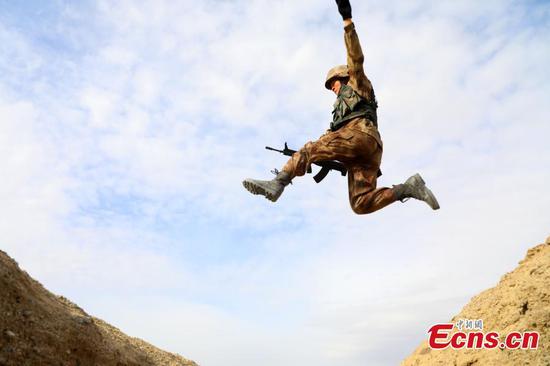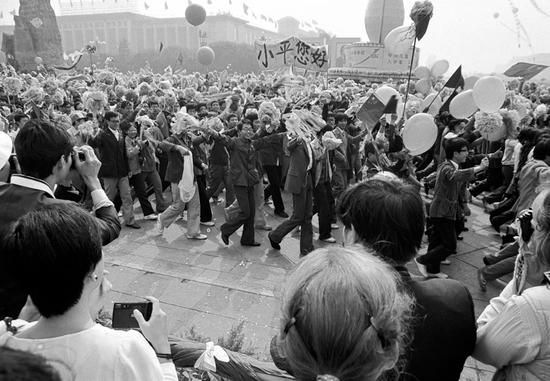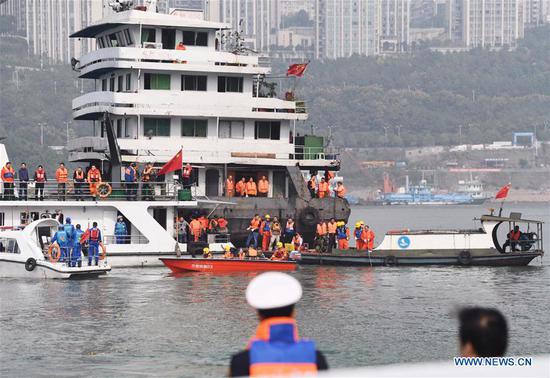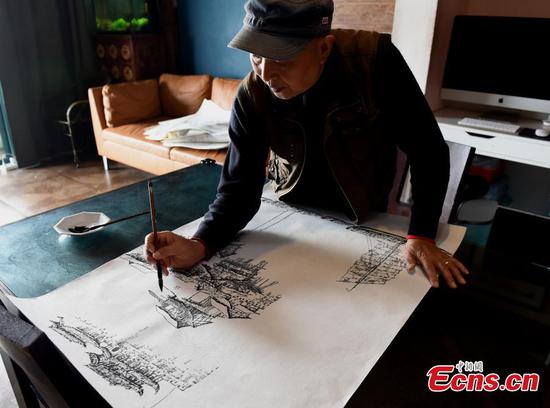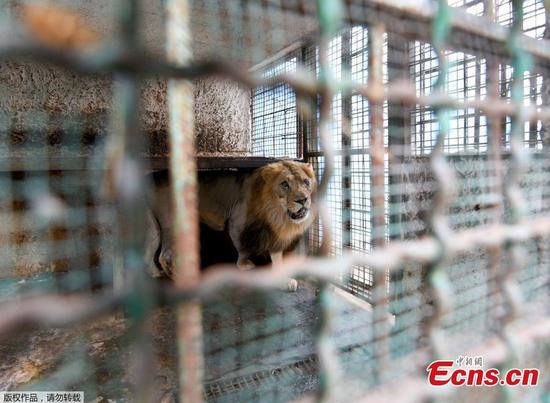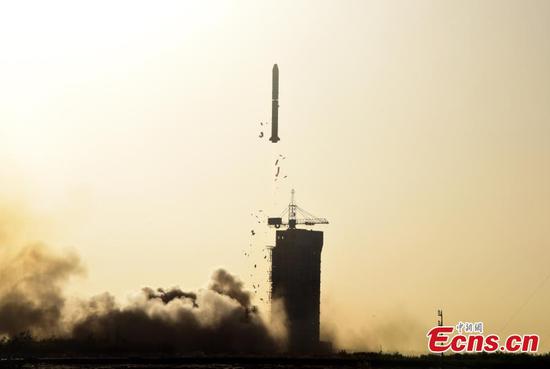
Standards observed
Pu told local media he still remembers the work procedures: digging out tree roots and large stones for the road; breaking the stones down into grit with large hammers, and covering the road surface with grit and using stone rollers to level it.
"Inspectors examined whether the grit we produced was the right size and shape for road-building," Pu said. "Although the project was done in a hurry, basic engineering standards were strictly observed."
This explains why some sections of the old road still function well today.
Xu Benzhen, a retired soldier in Tengchong county, Yunnan, said the construction site was extremely busy and noisy, and there was no machinery. "People from different ethnic groups worked together. Some women whose feet were bound worked hard while carrying their babies on their backs," he said of a scene he witnessed when he was 15.
Xin Wenong, an 88-year-old retired road maintenance worker in Baoshan, helped to build the Burma Road with his parents when he was 8.
"There were so many work-related injuries, as the laborers lacked the necessary tools, experience and knowledge. It is fair to say my whole life has revolved around the road."
In Wanding, a memorial stands to the 3,000-plus overseas Chinese mechanics who volunteered to return home to help build the road and repair vehicles. About one-third of them died and were buried alongside the road.
According to the local government, about 100,000 people from Southeast Asia, some of them the mechanics' offspring, visit the monument every year.
Ye Xiaodong, whose father was one of the mechanics from Southeast Asia who died and whose mother was a local Dai woman, worked for a transportation company in Wanding before retiring 10 years ago.
"My father died when I was a baby. I took a job similar to his to carry on his spirit," Ye said.
The Chinese army spent 95 days driving the Japanese out of Yunnan by May 1944, during which time 160,000 soldiers died. The road played an important role in supporting this counteroffensive, and western Yunnan was the first area of Chinese territory to be reclaimed from the Japanese.
Yang Guogang, a farmer from Dayakou village, at the foot of Songshan Mountain near the Huitong Bridge, has collected more than 6,000 cultural relics related to the war.
Yang, who runs a museum with local government support, recovered a US Army pickax from a blacksmith's shop in 2011. He wrote in his diary, "The pickax has spurred me to save more (relics)."
Ye Congsheng, deputy secretary-general of the Historical Culture Institute of the War of Resistance Against Japanese Aggression in the West of Yunnan, said the road has important historical and cultural value.
"Different people, many of them elderly, women and children, united to fight in their own way for peace and justice. And their sacrifices ensured that supplies of strategic materials were not cut off for the whole nation... Their spirits and sacrifice will be remembered," Ye said.













